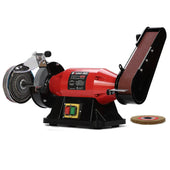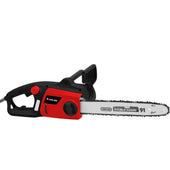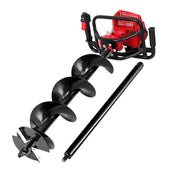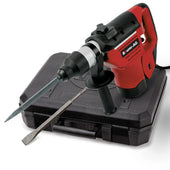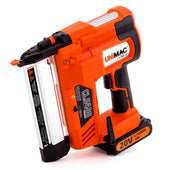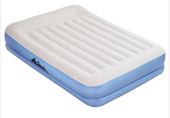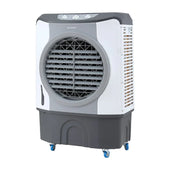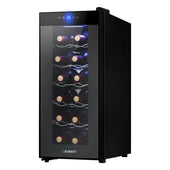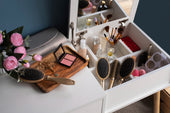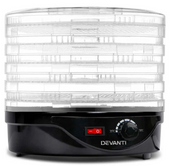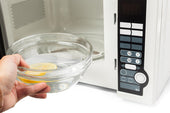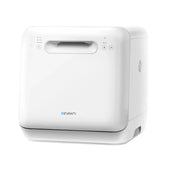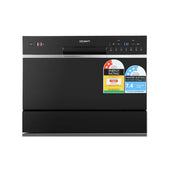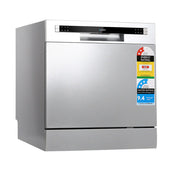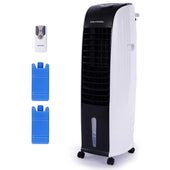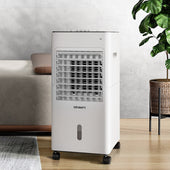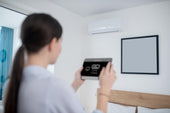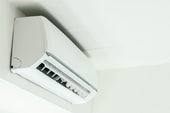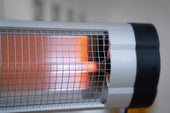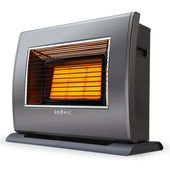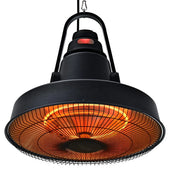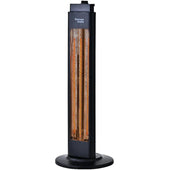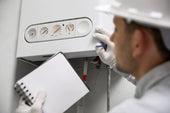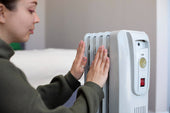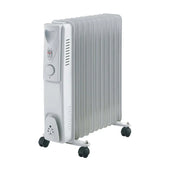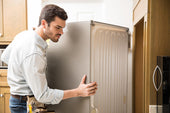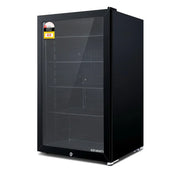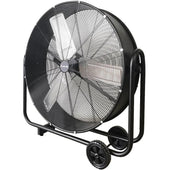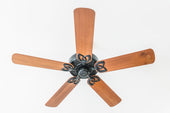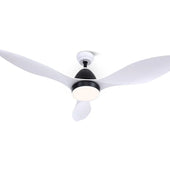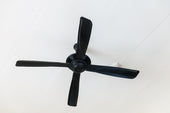Understanding Shower Heads and Screens: Types and Benefits
Shower heads and screens come in a variety of types, catering to different preferences and needs. When selecting a shower head, options include:
- Fixed Shower Heads: Mounted on the wall or ceiling, these offer a steady flow and are ideal for a modern minimalist aesthetic.
- Handheld Shower Heads: These are attached to a flexible hose, allowing mobility and convenience, particularly in cleaning or assisting children and pets.
- Rainfall Shower Heads: Designed to mimic rain, providing a luxurious and relaxing bathing experience.
For shower screens, choices include:
- Frameless Screens: Sleek and contemporary, enhancing bathroom aesthetics.
- Semi-Framed Screens: A functional blend of structure and style.
- Sliding Screens: Perfect for saving space in smaller bathrooms.
Choosing the right combination enhances functionality and overall shower comfort.
Tools You'll Need for Changing Shower Heads and Screens
To efficiently replace shower heads and screens, having the correct tools is vital. Below is a list of recommended items to ensure a smooth process:
- Adjustable spanner or wrench: Essential for loosening and tightening connections without damaging fittings.
- Plumber's tape (PTFE tape): Helps prevent leaks by sealing threads effectively.
- Screwdriver: May be needed for removing or attaching mounts or screen fittings.
- Bucket or towel: Useful for catching water drips and protecting surfaces during the change.
- Cleaning supplies: Such as a damp cloth, vinegar, or cleaning solution to remove build-up.
- Replacement parts: Ensure the new shower head or screen is compatible with the current setup.
Preparing Your Bathroom for the Update
Before starting, ensure the bathroom is ready for the installation process to limit interruptions and potential issues.
- Turn off the water supply: Locate and shut off the water valve to prevent leaks during the upgrade. If unsure, the main valve is typically near the water meter or in the utility area.
- Clear the workspace: Remove toiletries, décor, and other accessories from the shower area. This provides a clutter-free environment and minimises the risk of accidental damage.
- Protect surrounding surfaces: Use plastic sheeting or old towels to cover floors and countertops, safeguarding them from dust or falling parts.
- Gather tools and materials: Ensure necessary items, such as spanners, screwdrivers, and sealing tape, are readily available before commencing.
Taking these steps helps ensure a streamlined and hassle-free transition.
How to Safely Remove the Old Shower Head and Screen
- Turn Off the Water Supply: Ensure the water supply is turned off to avoid leaks or water spurting during removal. Locate the valve connected to the shower and shut it off completely. If there is no specific valve, shut off the main water supply.
- Protect Surrounding Fixtures: Use a soft cloth or towel to cover surrounding fixtures or tiles. This prevents accidental scratches or damage.
- Prepare the Tools: Gather tools such as an adjustable wrench, pliers, and a soft cloth. Wrapping the tool's jaws with a cloth helps avoid scratching the metal surface.
- Loosen the Shower Head: Gently loosen the shower head by turning it counterclockwise. If it’s stuck, apply slight force with the wrench or pliers, ensuring not to overtighten.
- Remove the Screen: Unscrew or pry off the screen carefully. Use vinegar if scale deposits make removal tough, allowing it to soak momentarily before retrying.
Step-by-Step Guide to Installing a New Shower Head
- Prepare the Tools and Area Ensure you have the necessary tools, such as an adjustable wrench, plumber’s tape, and a cloth. Turn off the water supply and lay a towel in the shower to catch any drips.
- Remove the Old Shower Head Use the adjustable wrench to loosen the existing shower head. Rotate counterclockwise while holding the shower arm steady. Clean the threads of the shower arm with a dry cloth to remove debris.
- Apply Plumber’s Tape Wrap plumber’s tape around the threads of the shower arm to prevent leaks. Wind it clockwise for a snug fit.
- Install the New Shower Head Screw the new shower head onto the shower arm by hand. Tighten it with the wrench gently, avoiding over-tightening.
- Check for Leaks Turn on the water supply and check for leaks at the joints. Tighten further if necessary.
Installing a Replacement Shower Screen with Ease
Begin by gathering the necessary tools, such as a screwdriver, a measuring tape, a spirit level, and silicone sealant. At During Days, we recommend starting by removing the old shower screen, unscrewing any fixtures and carefully detaching it. Clean the area thoroughly to eliminate debris, mould, or old sealant. Use the measuring tape to ensure the new screen aligns perfectly with the shower tray or bath edge.
Mark the wall where the brackets will be fixed and drill the holes. Secure the brackets using screws, ensuring they are level. Carefully position the replacement screen into place, securing it in the brackets as instructed. Finish by applying silicone sealant along the edges for water-tight sealing. Allow the sealant to cure before use.
Ensuring a Leak-Free Connection: Tips and Tricks
To achieve a watertight connection when installing a shower head or screen, certain steps can ensure success. Begin by inspecting and cleaning the threads of the shower arm to remove old plumber's tape or debris. Apply Teflon tape around the threads, wrapping it clockwise about 2-3 times to avoid leaks.
Hand-tighten the shower head onto the shower arm, then use a soft cloth to protect the finish before using an adjustable wrench for a snug fit. Avoid overtightening, which can damage components. Finally, test for leaks by running water and resealing if necessary. Always prioritise proper sealing techniques.
Maintenance and Cleaning Tips for Your New Fixtures
Proper care ensures fixtures remain functional and visually appealing. For shower heads, weekly cleaning prevents mineral build-up. Detach the unit and soak it in a solution of white vinegar and water to dissolve limescale. Use a soft brush to gently scrub nozzles.
For glass screens, opt for microfibre cloths to avoid streaks. Mix a mild detergent with warm water for regular maintenance. To prevent soap scum, use a squeegee after each shower.
Inspect seals and fittings regularly for leaks. Replace damaged washers promptly to avoid water waste. Adhering to these practices prolongs the lifespan of your new fixtures while maintaining their pristine appearance.
Eco-Friendly Options When Choosing Shower Heads and Screens
Selecting eco-friendly shower heads and screens can significantly reduce water and energy usage. Opt for low-flow shower heads that use advanced aeration technology to deliver a satisfying experience while conserving water. Models with WaterSense certification are ideal, as they meet strict efficiency criteria.
For shower screens, choose materials like tempered glass, which are durable and recyclable. Frameless designs often use fewer materials, making them a sustainable choice.
Consider products made by manufacturers with eco-friendly practices. Look for brands that prioritise reducing their carbon footprint or use recycled materials during production. Combining these choices promotes environmental responsibility.
Common Issues and Troubleshooting During Installation
Installing a new shower head or screen can sometimes raise challenges. Below are common issues and their solutions:
- Leaking Connections: Ensure the threads are clean and use plumber's tape to create a watertight seal. Tighten connections firmly but avoid overtightening, which can damage fittings.
- Incorrect Fit: Double-check whether the new shower head or screen is compatible with existing plumbing or brackets. Adapters may be necessary.
- Low Water Pressure: Ensure there’s no debris in the shower head. Clean internal filters or remove flow restrictors as permissible.
- Difficulty in Removing Old Fixtures: Use tools like an adjustable wrench while applying penetrating oil to loosen stubborn fittings.
- Uneven Screen Installation: Check measurements before drilling, and use a spirit level to ensure alignment.
Enhancing Your Bathroom Design with Modern Shower Fixtures
Modern shower fixtures offer a blend of functionality and style, transforming any bathroom into a sophisticated retreat. These fixtures come in a variety of styles, materials, and finishes, making it possible to find one that perfectly complements the bathroom's aesthetic. Contemporary options feature advanced technology, such as adjustable water pressure settings, LED lighting, and even built-in Bluetooth speakers for a luxurious experience.
Among popular selections are:
- Rainfall shower heads for a spa-inspired ambience.
- Handheld shower heads that add flexibility and convenience.
- Thermostatic mixers to maintain consistent water temperature.
Durable materials like stainless steel and chrome ensure longevity while being easy to maintain. Opting for eco-friendly designs with water-saving features can further enhance efficiency and sustainability.



